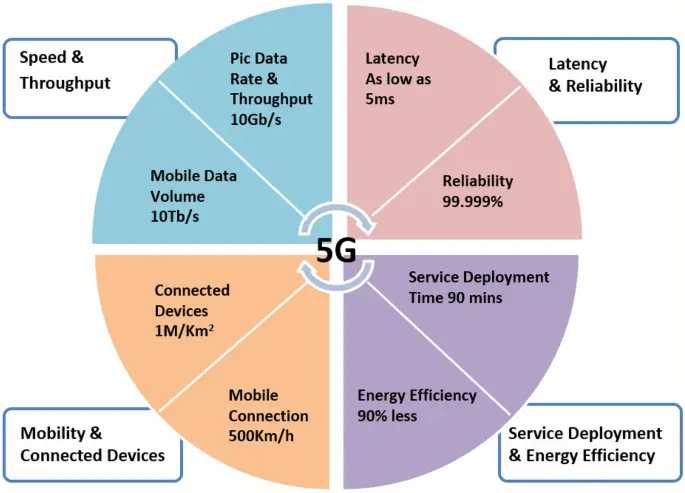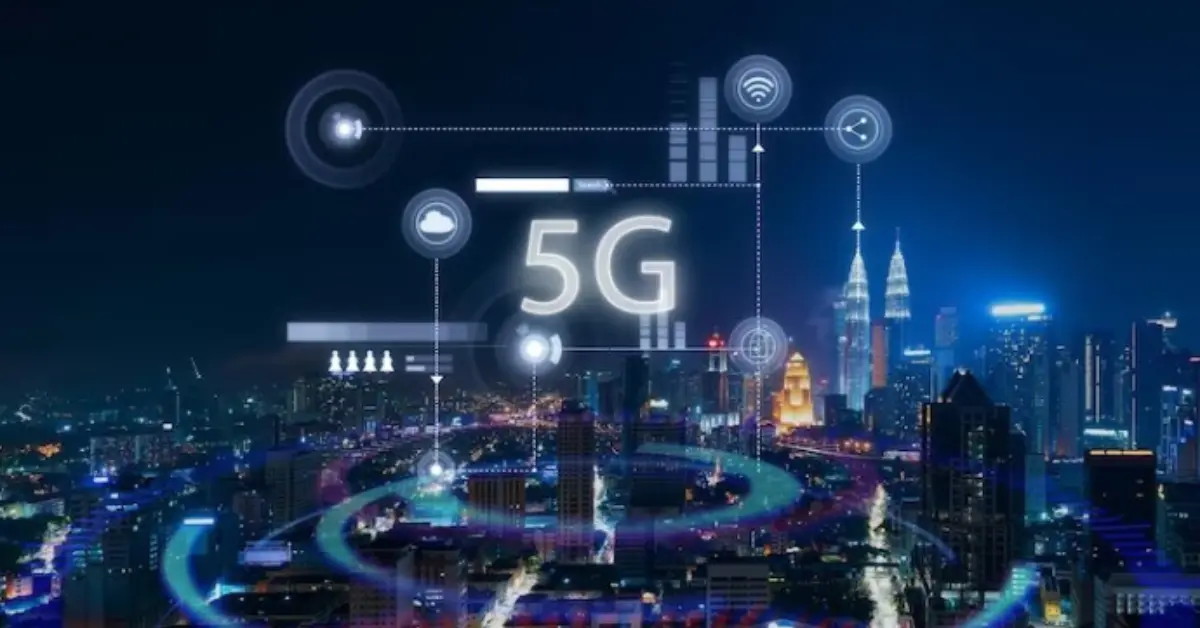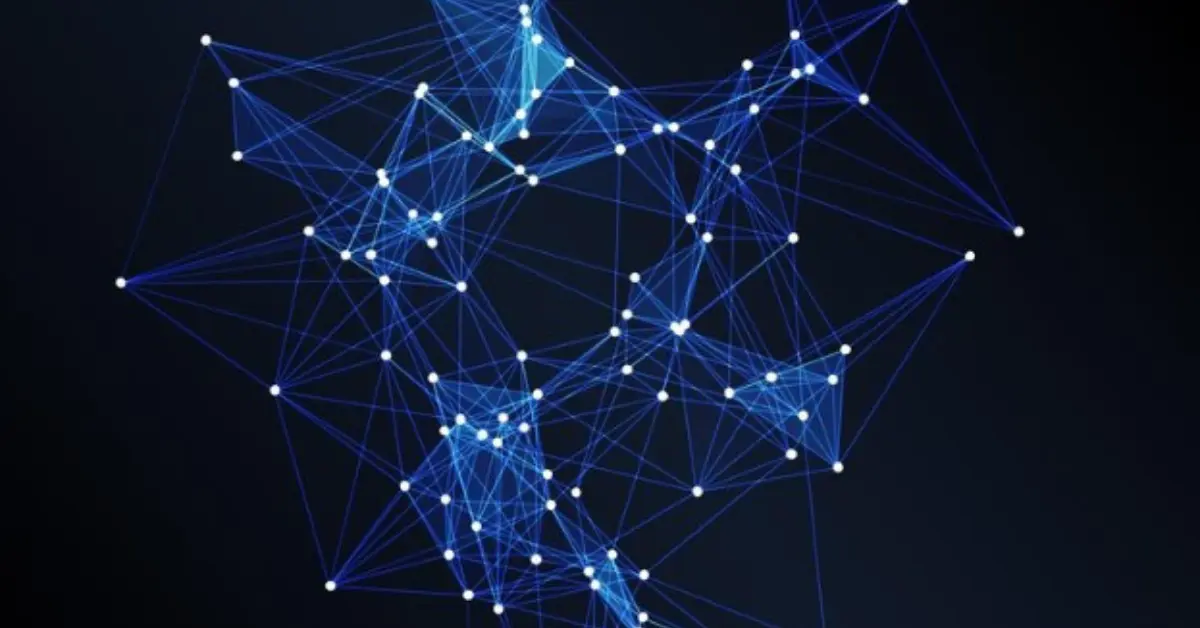Explore the transformative impact of 5G technology on networking, its features, applications, and the challenges it presents. Discover how 5G is reshaping communication, industry, and daily life.
Introduction
In the dynamic realm of digital communication, 5G technology stands out as a revolutionary force. Offering unparalleled speeds, reduced latency, and massive connectivity, 5G is not just an upgrade but a complete overhaul of the networking landscape.
This article delves into the world of 5G, exploring its groundbreaking features, diverse applications, and the challenges it brings to the forefront.
What is 5G Technology?
5G technology refers to the fifth generation of mobile network technology. Following its predecessors – 1G, 2G, 3G, and 4G networks – 5G represents a significant leap forward in terms of capabilities and potential impacts. Here are the key aspects of 5G technology:
- Faster Speeds: 5G technology networks offer dramatically higher data speeds compared to 4G. Peak speeds can potentially reach up to 10 gigabits per second (Gbps), which is much faster than the previous generations. This enables quicker downloads and uploads, and supports high-bandwidth applications like ultra-high-definition video streaming.
- Lower Latency: Latency, the time it takes for devices to communicate with each other or with the server they’re accessing, is drastically reduced in 5G technology networks. 5G aims to achieve latency as low as 1 millisecond, compared to 30-50 milliseconds in 4G. This is particularly critical for applications requiring real-time feedback, such as in remote surgery, gaming, and autonomous vehicles.
- Increased Connectivity: 5G networks can support a significantly higher number of connected devices per unit area compared to 4G. This makes 5G ideal for densely populated areas and for powering the Internet of Things (IoT), where large numbers of devices – from sensors to smart appliances – need to be connected.
- Improved Network Efficiency: 5G technology networks are designed to be more efficient in their use of the spectrum. They can leverage a broader range of frequencies, including millimeter waves, which are higher frequency bands unused in prior mobile networks. This efficiency translates to better service in crowded areas and higher overall network capacity.
- Network Slicing: This is a feature unique to 5G, allowing network operators to create multiple virtual networks with different qualities of service. For example, a slice of the network could be dedicated to emergency services with high reliability and low latency, while another slice could cater to less critical applications.
- Versatility: 5G is designed to support a wide variety of applications and industries. Beyond just improving mobile phone services, it’s set to revolutionize sectors like healthcare, manufacturing, transportation, and smart city infrastructure.
- Enhanced Bandwidth: 5G networks offer more bandwidth, which means they can handle many high-demand applications all at once – from billions of IoT devices transmitting small bits of data to public Wi-Fi networks supporting high-definition video streaming.
In summary, 5G is more than just a faster mobile network. It’s a versatile, efficient, and high-capacity technology that enables a broad range of applications and innovations. Its deployment is expected to drive significant changes not only in telecommunications but across various sectors, impacting how we live, work, and interact with technology.
Key Features of 5G
5G, the fifth generation of mobile networks, represents a significant leap forward in wireless technology, characterized by several key features:
Key Features of 5G Technology:

- Higher Speeds: 5G offers significantly faster data speeds compared to its predecessor, 4G. Speeds can reach up to 10 gigabits per second, making activities like downloading, streaming, and uploading much quicker.
- Lower Latency: Latency, or the time it takes for devices to communicate with each other over the network, is drastically reduced in 5G. This enables real-time responses and is crucial for applications such as autonomous vehicles, remote surgery, and gaming.
- Increased Connectivity: 5G can support a higher number of connected devices simultaneously. This is essential for the Internet of Things (IoT), where large numbers of sensors and smart devices need to be interconnected.
- Improved Bandwidth: 5G networks offer more bandwidth, allowing more data to be transmitted at the same time. This is particularly important in crowded areas or during large events where many people are using mobile data simultaneously.
- Enhanced Reliability: 5G networks are designed to be more reliable, with improved stability and less downtime. This reliability is vital for critical applications in industries, emergency services, and other sectors where consistent connectivity is crucial.
- Network Slicing: This is a key feature that allows a physical 5G network to be divided into multiple virtual networks. This enables operators to provide tailored services that meet specific requirements for different applications or customers.
- Edge Computing Compatibility: 5G is designed to work seamlessly with edge computing. This means processing data closer to where it is generated, reducing latency and improving response times in applications like AI and IoT.
- Energy Efficiency: Although 5G networks are more powerful, they are also designed to be more energy-efficient than previous generations, which is essential in reducing the environmental impact of mobile networks.
- Advanced Antenna Technology: 5G uses advanced technologies like Massive MIMO (Multiple Input Multiple Output) which involves more antennas at both the transmitter and receiver to improve communication performance.
- Spectrum Flexibility: 5G operates across a wide range of frequencies, from low-band spectrum offering extensive coverage to high-band spectrum (mmWave) offering very high speeds but over shorter distances.
These features make 5G a transformative technology, enabling new applications and advancements in various sectors, including telecommunications, automotive, healthcare, manufacturing, and entertainment.
Applications of 5G Technology
5G technology, the fifth generation of cellular network technology, offers significantly faster data download and upload speeds, wider coverage, and more stable connections compared to its predecessors. Its applications span various sectors, profoundly impacting industries, societies, and individual lives.
Here are some key applications of 5G technology:
- Enhanced Mobile Broadband (eMBB):
- 5G provides vastly improved internet speeds and capacity for smartphones and other devices, leading to a better user experience in streaming high-definition videos, gaming, and using augmented reality (AR) and virtual reality (VR) applications.
- Internet of Things (IoT):
- With its ability to support a vast number of connected devices in a small area, 5G is ideal for IoT applications. This can include smart homes, smart cities, and connected vehicles, as well as industrial IoT, enabling more efficient manufacturing and logistics.
- Autonomous Vehicles:
- The low latency and high reliability of 5G are crucial for the communication needs of self-driving cars. These vehicles require real-time data transmission to navigate safely and efficiently.
- Healthcare:
- Telemedicine: 5G enables high-quality video consultations and remote patient monitoring, making healthcare more accessible.
- Telesurgery: Surgeons could perform surgeries remotely with robotic arms, thanks to the low latency and high precision of 5G technology .
- Wearable Health Devices: Improved connectivity for wearable devices allows for continuous monitoring of patients’ health.
- Smart Cities:
- 5G can support the infrastructure for smart cities, including intelligent traffic management, energy conservation, and enhanced public safety through better-connected emergency services.
- Industrial Automation:
- Factories can leverage 5G for automation and AI, improving efficiency and safety. This includes the use of robots and real-time monitoring and maintenance of equipment.
- Agriculture:
- 5G can enable precision agriculture, allowing farmers to collect and analyze data on crops, soil conditions, and climate, leading to more efficient use of resources and increased yields.
- Education and Training:
- Enhanced AR and VR capabilities, made possible by 5G, can revolutionize educational experiences, offering immersive and interactive learning environments.
- Media and Entertainment:
- The entertainment industry can benefit from 5G through enhanced streaming experiences, real-time gaming, and new formats like 360-degree videos.
- Retail:
- 5G can transform the retail experience with augmented reality shopping, personalized advertisements, and streamlined logistics.
- Emergency Services:
- 5G can improve communication and response times for emergency services, supporting advanced applications such as drones for search and rescue missions.
- Defense and Security:
- The military can utilize 5G for enhanced communication, surveillance, and analysis of real-time battlefield data.
- Financial Services:
- Faster and more reliable connectivity can support real-time trading, mobile banking, and personalized financial services.
- Transportation and Logistics:
- 5G can improve logistics through better tracking of goods and optimization of supply chains.
Challenges of Implementing 5G
Implementing 5G technology presents several challenges, which can be categorized into technical, economic, regulatory, and societal aspects. Let’s explore these challenges in detail:
- Technical Challenges:
- Infrastructure Upgrades: 5G requires a denser network of base stations or small cells due to its higher frequency bands which have shorter range. This necessitates significant investments in new infrastructure.
- Spectrum Availability: Allocating and licensing the appropriate spectrum bands for 5G is crucial. Higher frequency bands (like mmWave) offer more bandwidth but have limitations in terms of range and penetration.
- Interoperability and Standardization: Ensuring that new 5G networks can work seamlessly with existing 4G networks and other legacy systems is critical for a smooth transition.
- Network Security and Privacy: With an increased number of connected devices and reliance on network connectivity, 5G networks present new security challenges, including the need for robust encryption and protection against cyber threats.
- Economic Challenges:
- High Capital Expenditure: The cost of deploying 5G infrastructure, including new cell sites and upgrading existing ones, is significant.
- Business Models: Developing viable business models to justify the investment in 5G is challenging, especially in less densely populated areas where return on investment is lower.
- Competition and Market Dynamics: Companies face intense competition in rolling out 5G services, and there’s pressure to quickly recoup the investments.
- Regulatory Challenges:
- Spectrum Management: Governments need to allocate and auction spectrum efficiently, balancing the needs of different stakeholders, including incumbents and new entrants.
- Zoning and Permitting: Deploying new infrastructure often involves navigating complex local zoning laws and obtaining necessary permits, which can be a time-consuming process.
- International Collaboration: Since 5G is a global technology, international collaboration and agreement on standards and regulations are essential.
- Societal Challenges:
- Health and Environmental Concerns: There are public concerns about the potential health impacts of increased electromagnetic field (EMF) exposure from 5G networks, though scientific consensus generally supports their safety within current guidelines.
- Digital Divide: There’s a risk that 5G will exacerbate the digital divide, as urban and wealthier areas are more likely to get 5G coverage first, leaving rural and poorer areas behind.
- Public Perception and Opposition: In some regions, there’s public opposition to 5G deployment based on health fears or aesthetic concerns about the proliferation of new antennas.



